Arduino Uno R3: The Classic Board Now Speaks!
Revolutionising Arduino Uno R3
The world of Arduino never ceases to amaze me, and the latest innovation is no exception. The iconic Arduino Uno R3, a staple for enthusiasts for over a decade, has now been repurposed to add sound playback to its capabilities. This isn't just about making simple sounds; it's about storing and playing back audio on the 32KB flash with the atmega328p chip.
While it's true that sounds have been made with Arduino Uno since its inception, this new development is different. As showcased in our latest video, the project demonstrates legible spoken audio stored on the Arduino's limited storage without even including the program required to play that sound. This is a testament to the incredible software feat of sound encoding.
Behind the Sound: Scott W Harden's Innovation and Technicalities
The project, a brainchild of Scott W Harden, is more than what meets the eye. At its core, it's an Arduino Uno plugged into a speaker. The difference lies in the operational amp to amplify the sound. The result? Clear, legible spoken audio. This isn't your average Arduino project. While it's not ready for public consumption, Scott is working on a GitHub project named "number speaker". This project aims to turn this innovation into an Arduino Library where numbers can be spoken using the AVR 80 Mega 328p chip on the Arduino Uno.
he process involves a Python script that resamples the audio and turns it into a C header. This data is then programmed into the memory of the AVR chip. When you want to play the audio, you set up the pins for output and loop through the size of the audio output, playing the correct part of that programmed memory array. For those thinking about external memory, versions are available with external flash chips. However, there are challenges in programming the flash memory with the audio waveform.
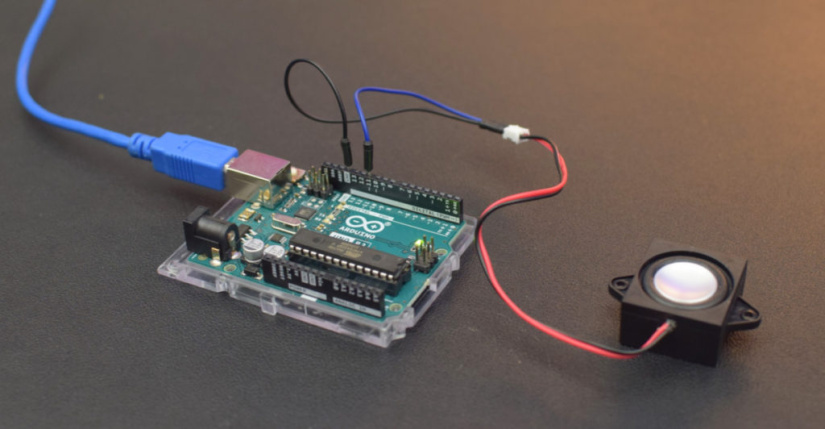
Te Arduino world continues to push boundaries. What was once thought impossible, like machine learning and audio on an Arduino Uno, is now a reality. For those interested in diving deeper into this innovation, head to the Arduino blog for more details.



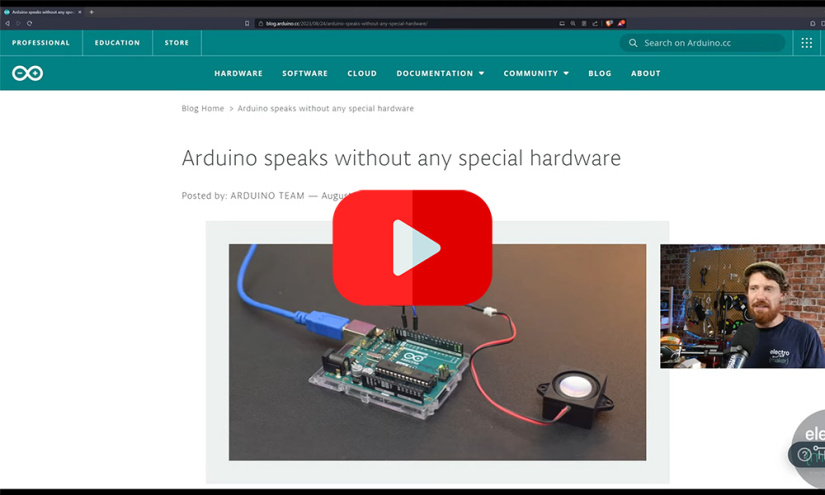



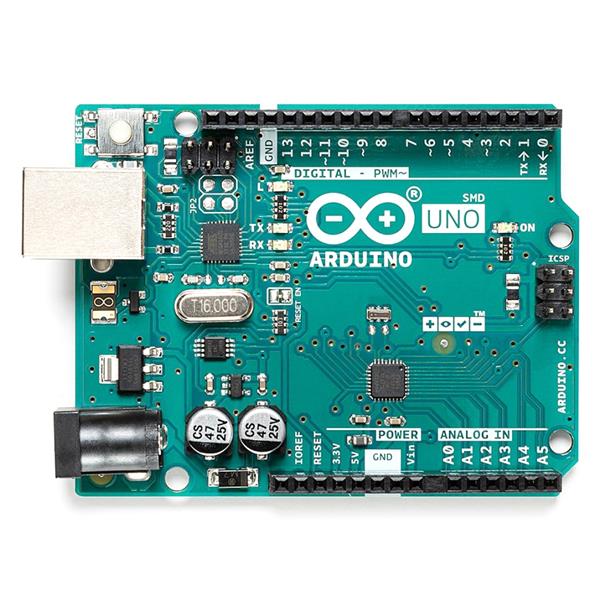

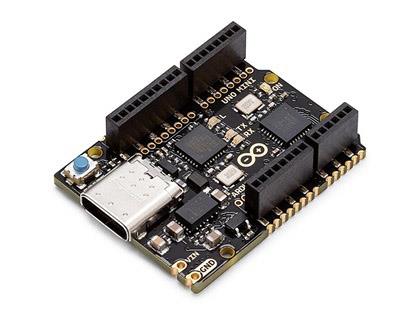


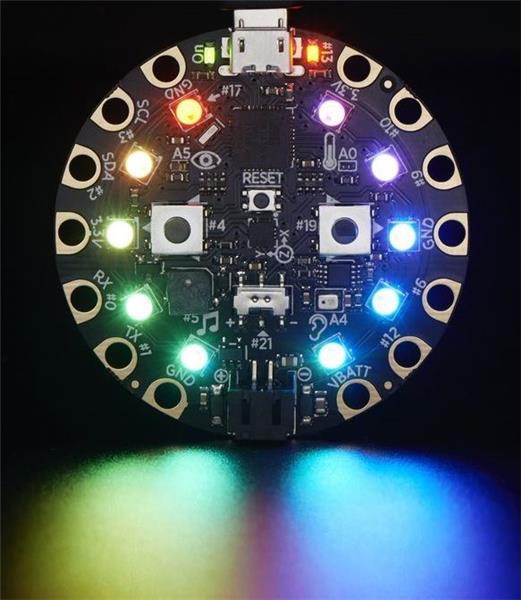


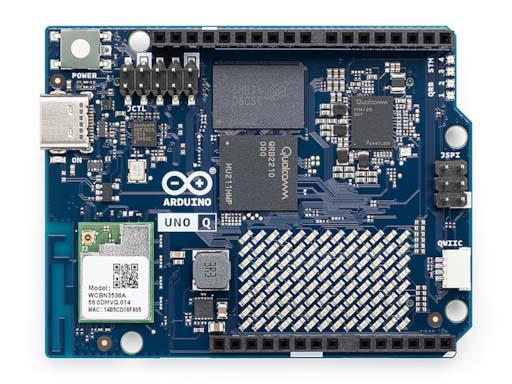
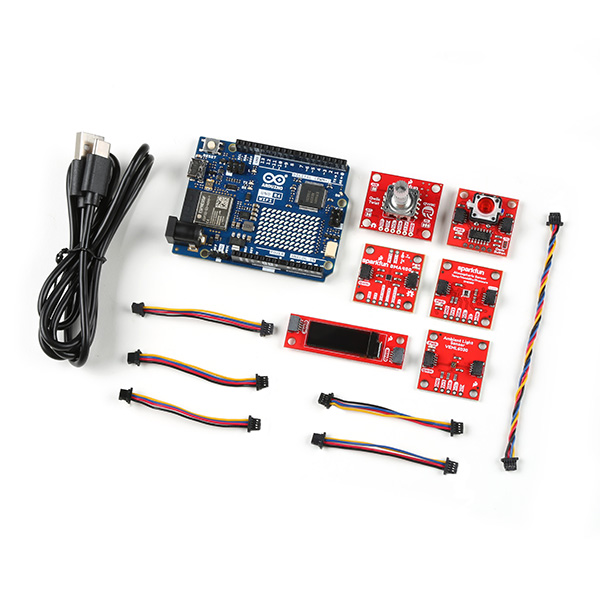
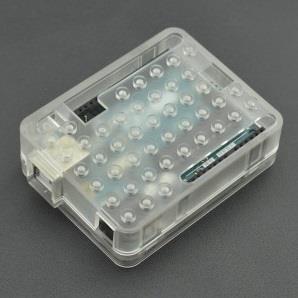
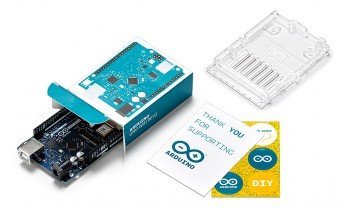
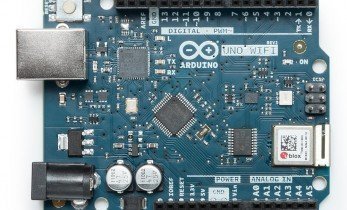

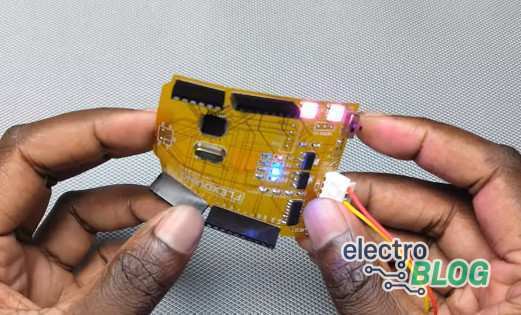

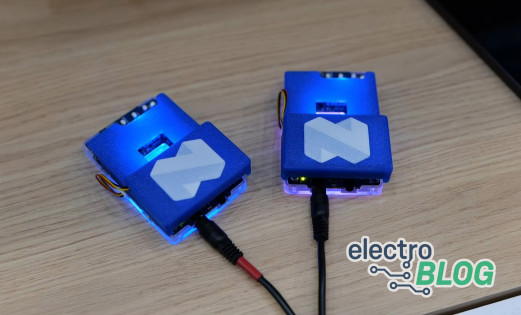
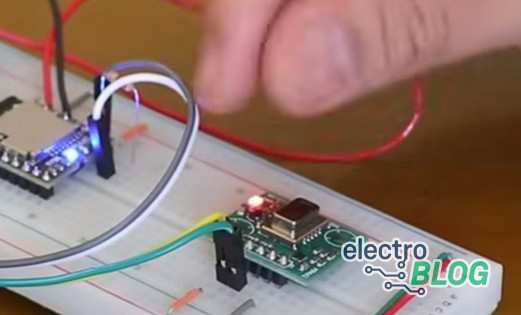
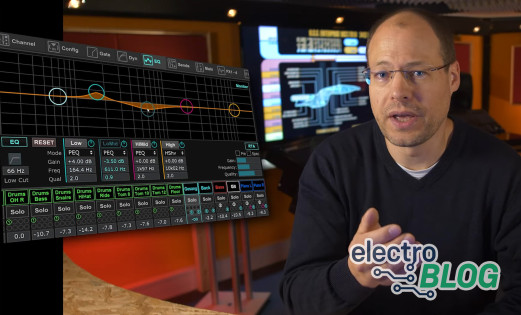
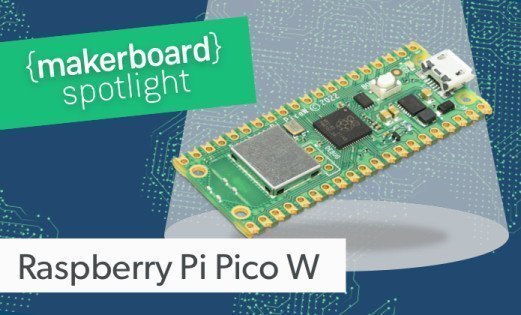

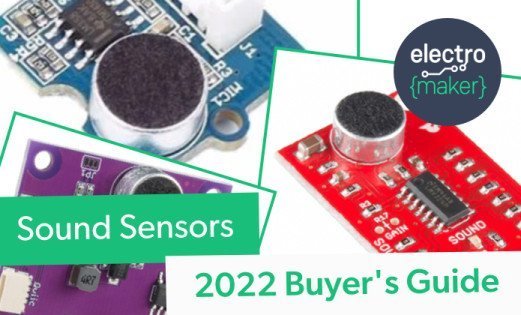
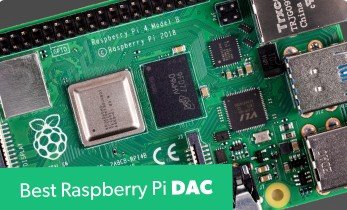

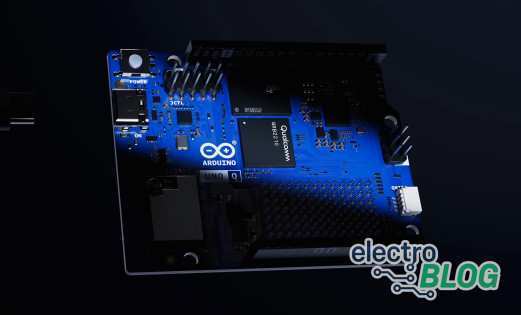

Leave your feedback...